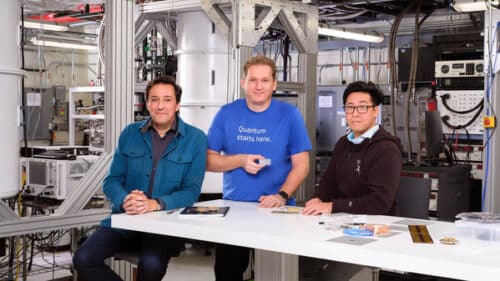IBM has introduced the world’s largest quantum processor, the ‘Osprey’, that has the potential to compute complex problems beyond any classical computer’s potential.

“The new 433 qubit ‘Osprey’ processor brings us a step closer to the point where quantum computers will be used to tackle previously unsolvable problems,” said Dr. Darío Gil, Senior Vice President, IBM and Director of Research. IBM has introduced a set of quantum computing hardware and software for “the next wave” of quantum computing.
The Osprey is claimed to be the largest quantum processor to date. It is three times larger than IBM’s Eagle processor which was introduced last year. Osprey includes multi-level wiring to provide flexibility for signal routing and device layout, while also adding in integrated filtering to reduce noise and improve stability. The device incorporates a new high-density control signal delivery with flex wiring to provide a 70% increase in wire density and a 5x reduction in price-per-line.
The device introduces a third-generation control system, capable of controlling 400 qubits in a single rack. The processor enables a boost of performance, quality and speed with a 4x improvement of quantum volume from 128 to 512 and a 10x improvement in Circuit Layer Operations Per Second (CLOPS) from 1.4k to 15k.
The new embedded quantum software addresses error correction and mitigation. Quantum processors are affected by very slight fluctuations and noises like even the local radiation of mobile phones or WiFi. To simplify this, IBM released a beta update to Qiskit Runtime, which now includes allowing a user to trade speed for reduced error count with a simple option in the API. By abstracting the complexities of these features into the software layer, it will make it easier for users to incorporate quantum computing into their workflows and speed up the development of quantum applications.
IBM has also introduced Quantum System Two, a system designed to be modular and flexible, combining multiple processors into a single system with communication links. The software is said to be a building block of quantum-centric supercomputing which employs a modular architecture and quantum communication to increase its computational capacity, and which employs hybrid cloud middleware to seamlessly integrate quantum and classical workflows.






